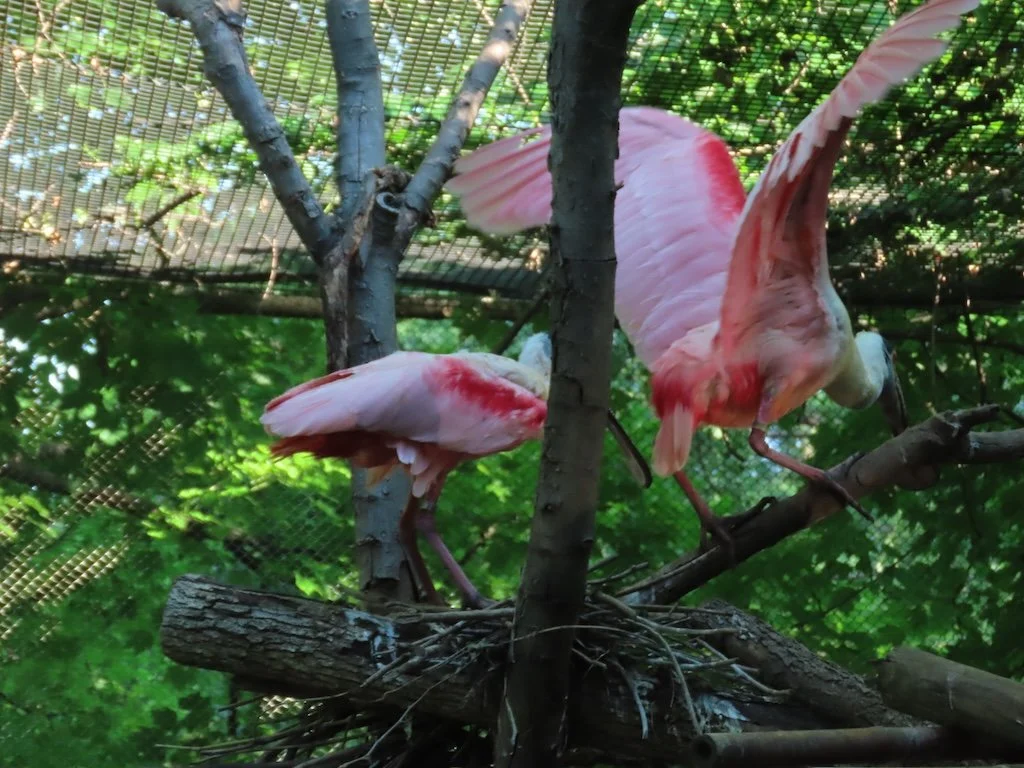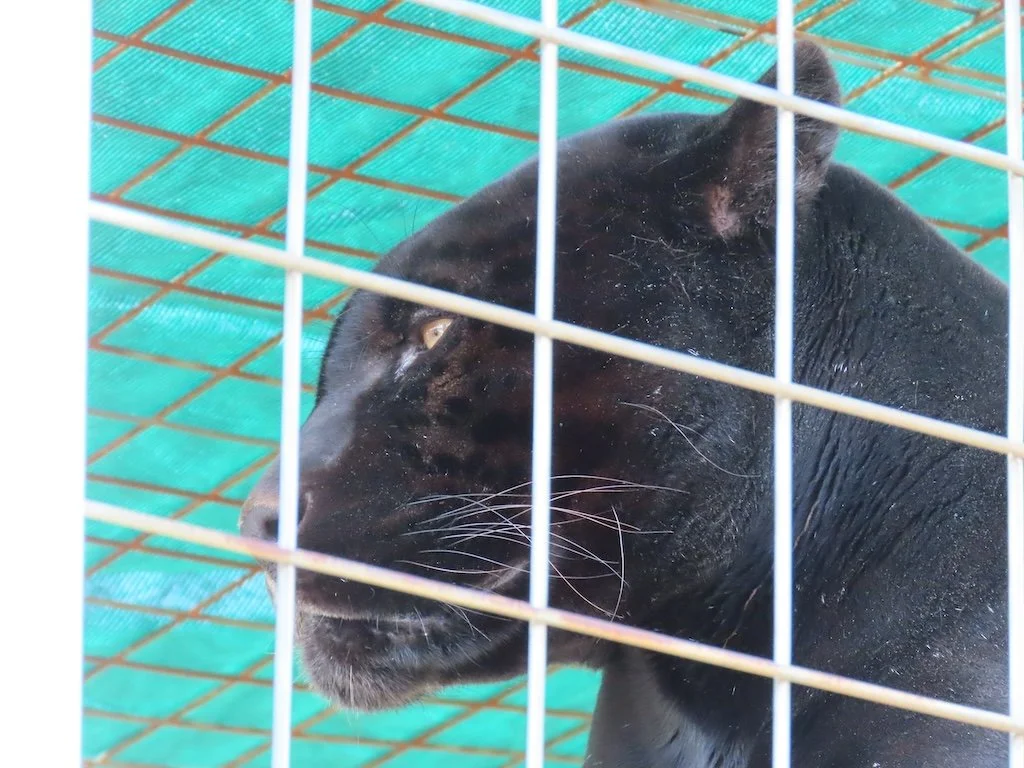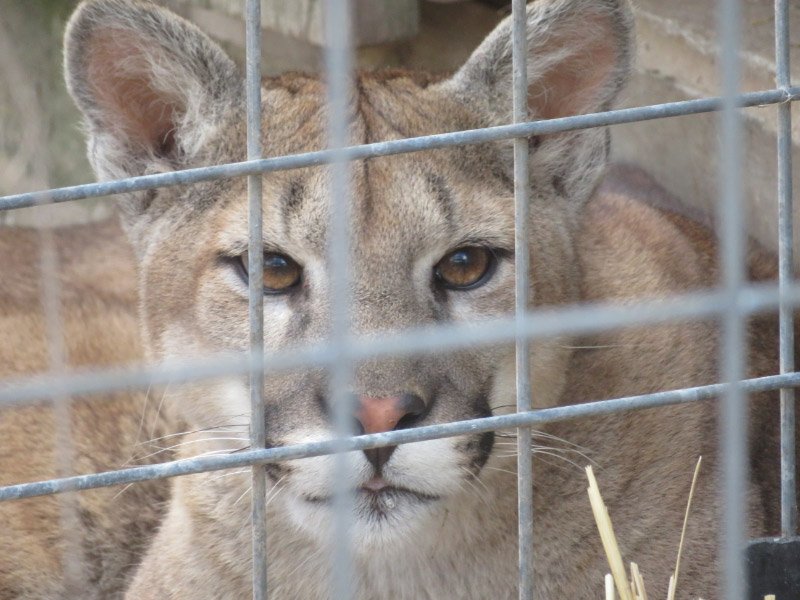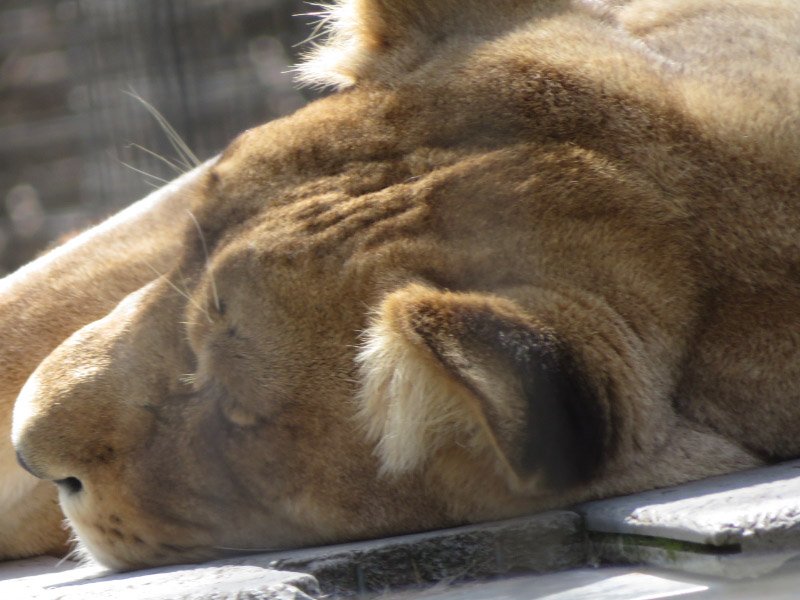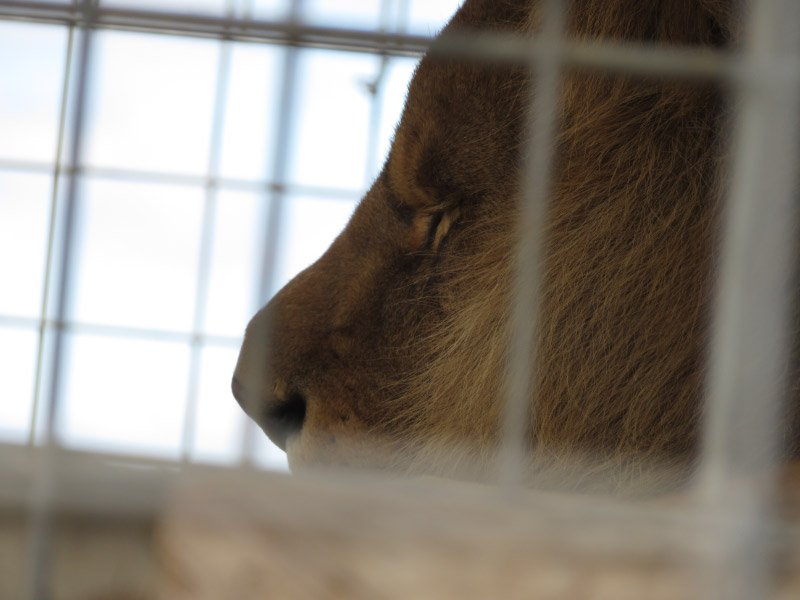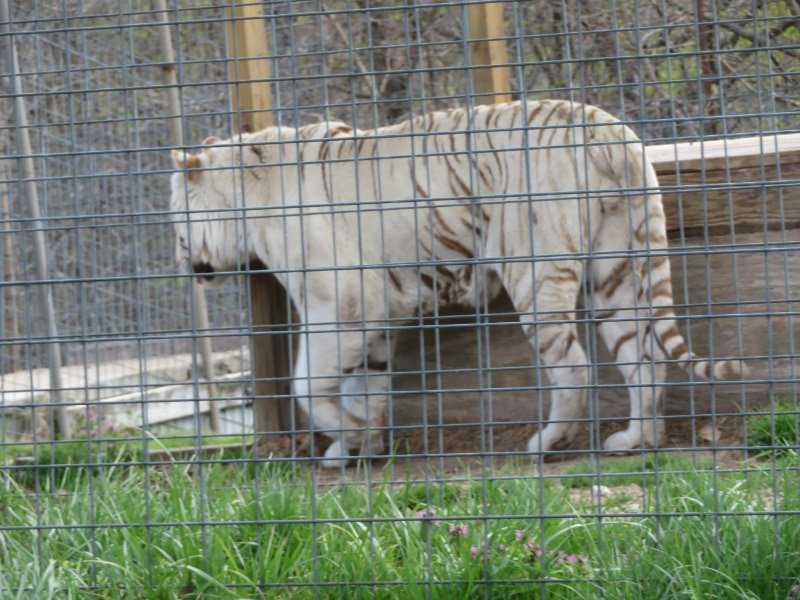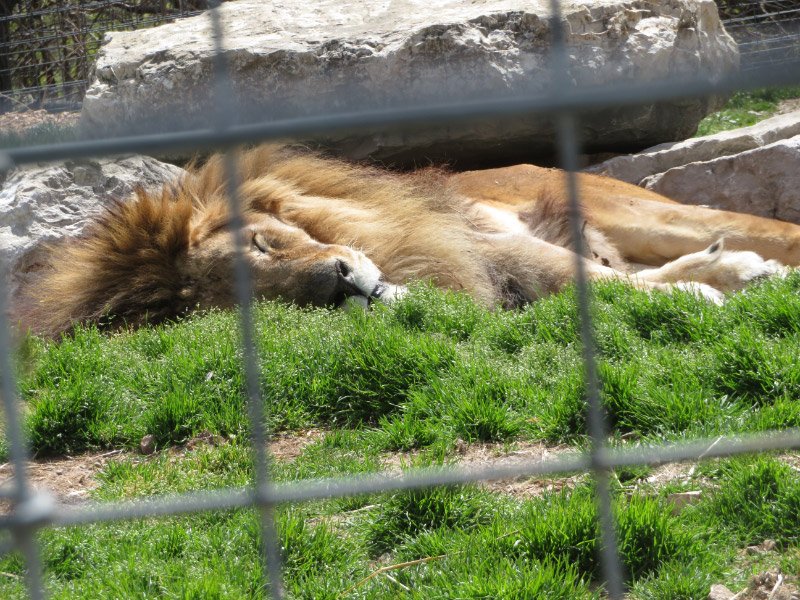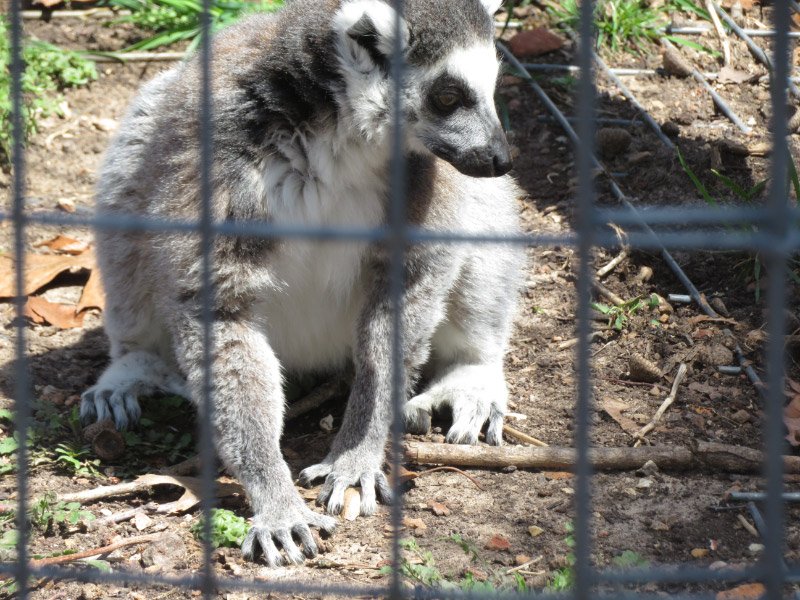Dickerson Park Zoo on Father's Day
/My daughter noticed that Dickerson Park Zoo was opening an hour early for members on Father’s Day and suggested we should visit as our celebration of the day since we’ve all joined. My husband and I picked her up (her house is ‘on the way’ for us) and we were at the zoo a few minutes before 8. The day was warming up…still pleasant rather than hot. We spent an enjoyable 2 hours at the zoo.
There were peacocks around the entrance. One on the roof of the entrance buildings displayed but didn’t have any of the long tail feathers!
Another male was very close once we passed the entrance so I took a portrait.
There was one that was walking up the stairs that didn’t have the typical topknot of feathers on its head. When it got to the top of the stairs, I noticed that it stood with toes crossed…and that peacocks have spurs!
In the flamingo enclosure the flamingos were relatively calm, but the roseate spoonbills were moving about and vocalizing
…and then two of them mated!
The daylilies were blooming in beds interspersed throughout the zoo but I also noticed stands of lambs ear, bamboo….and some very large catalpa trees.
The trumpeter swans vocalized…but not as often as the peacocks. There are only 2 of them. I like the swirls in the water around the swan….breaking up the reflection of big trees.
After seeing a lot of peacocks at the beginning of our visit (and continuing to hear them) …we saw a female with three peachicks about an hour into our visit. They moved away from us, but I managed to get close enough for some zoomed portraits.
The ostrich enclosure is viewed from above…but the deck’s wood most have supported some insect (?) that the bird found tasty because it spent a lot of time pecking at the wood directly below where we were standing! I managed a good picture of the head – large eye and nares.
There were two cheetahs moving around in their enclosure. The tiger was pacing and vocalizing nearby…seemingly upset at the keeper for sequestering him in his larger enclosure while his smaller cage with den was being cleaned.
The Crowned Cranes are always photogenic subjects. During this visit they were in an encloser where capybaras had been moved to control the grass that was getting too high…and the animals seemed to be gorging on the greens. Only one capybara had been left behind in the normal capybara enclosure which we saw as got close to the zoo’s exit.
The zoo turned out to be a good choice for Father’s Day!









